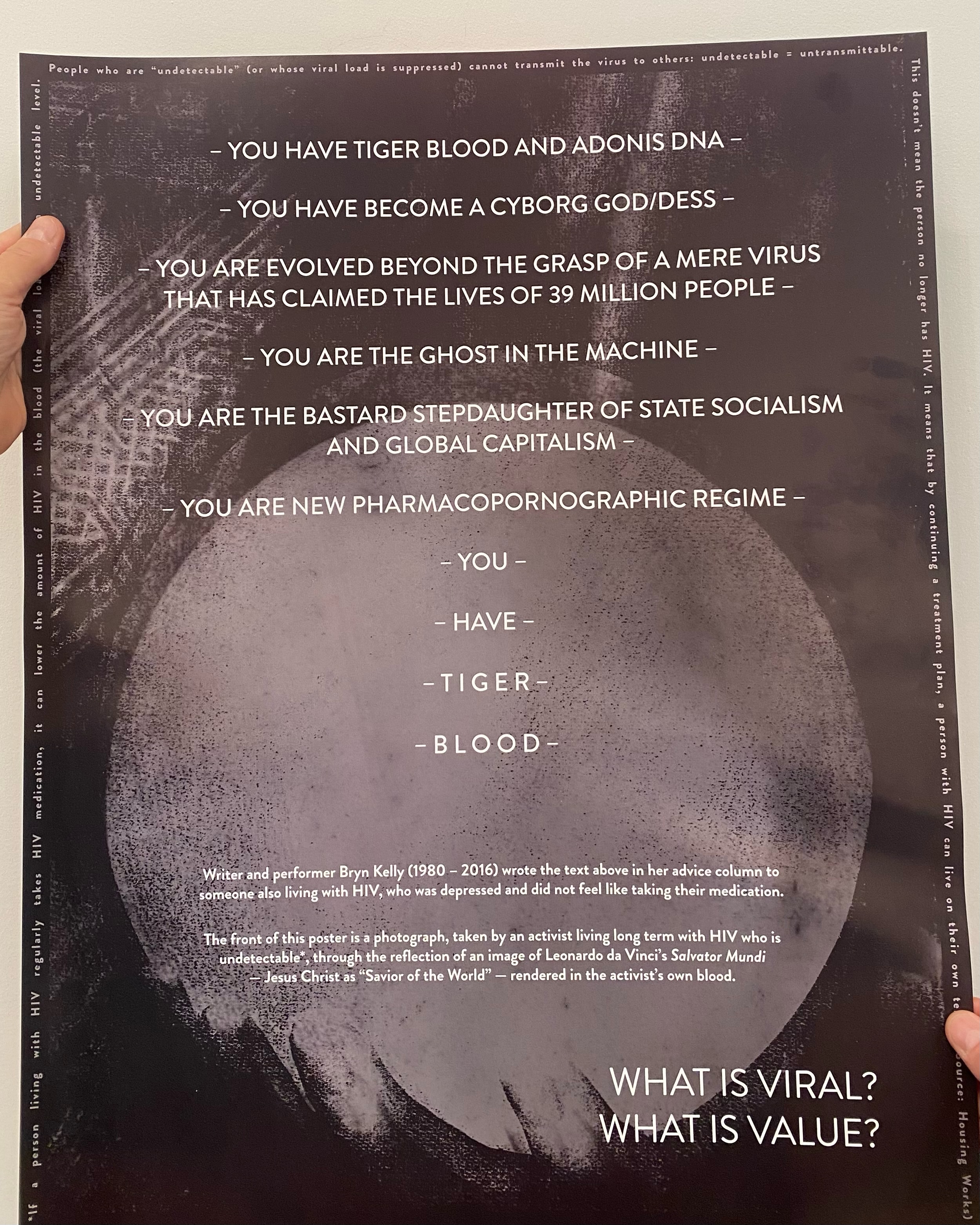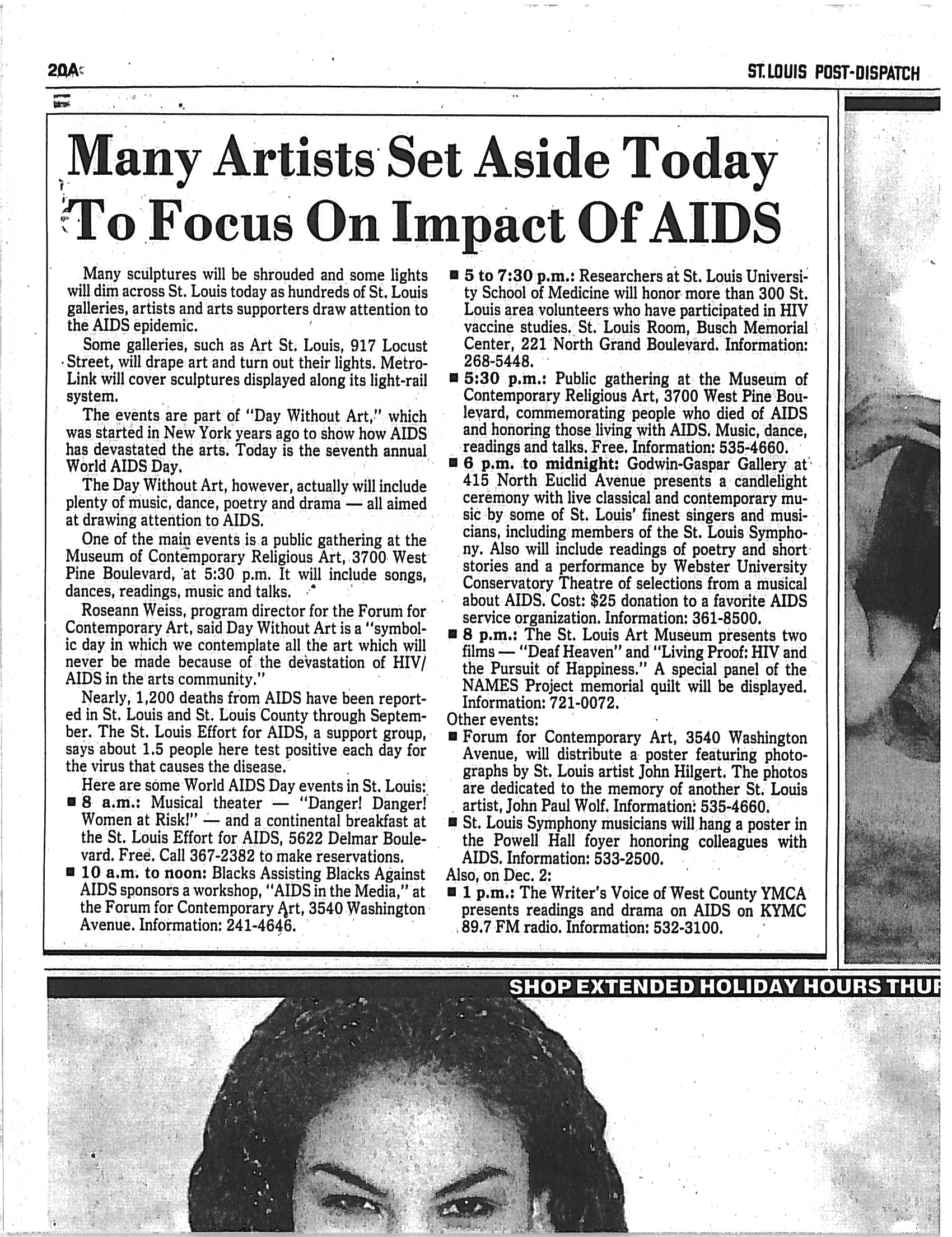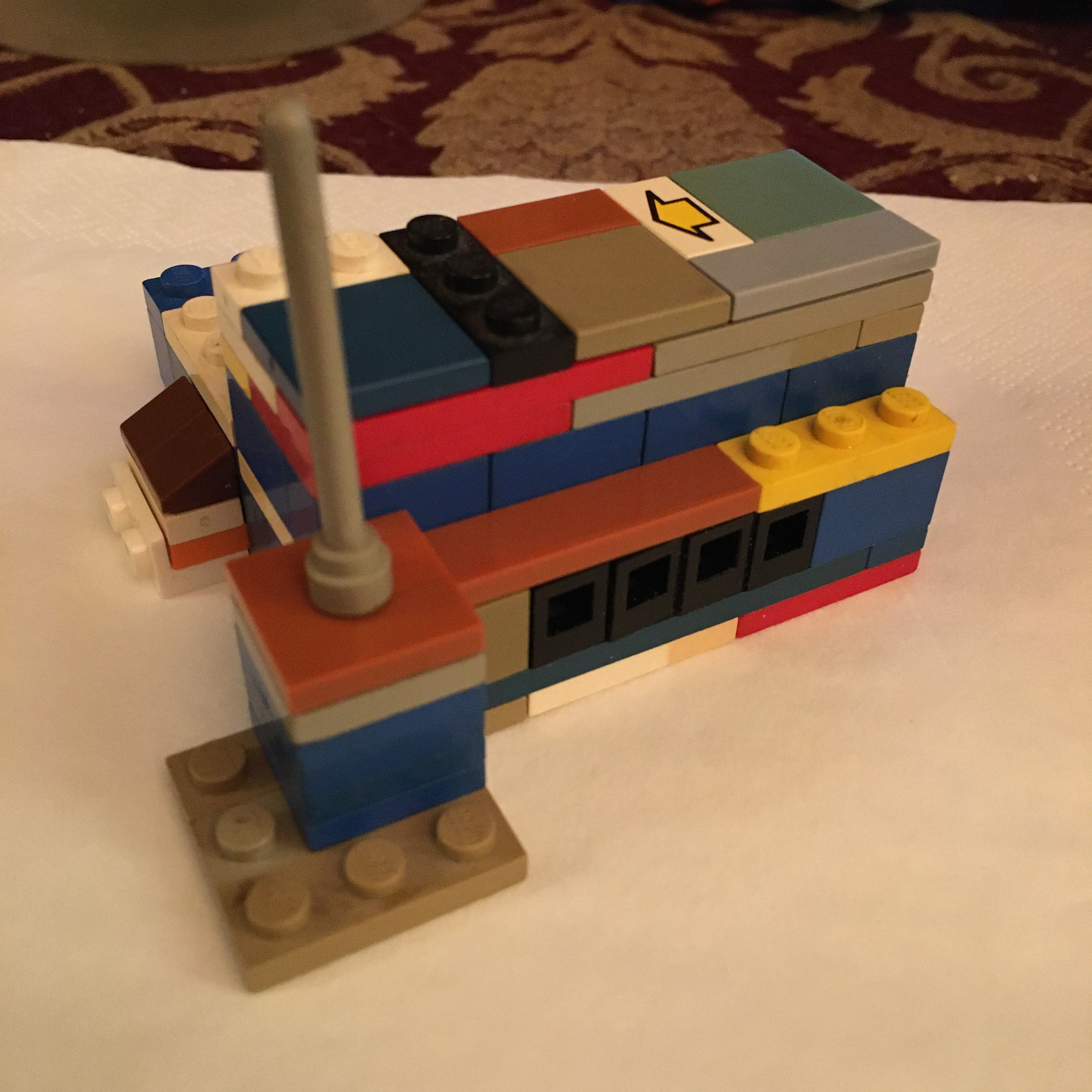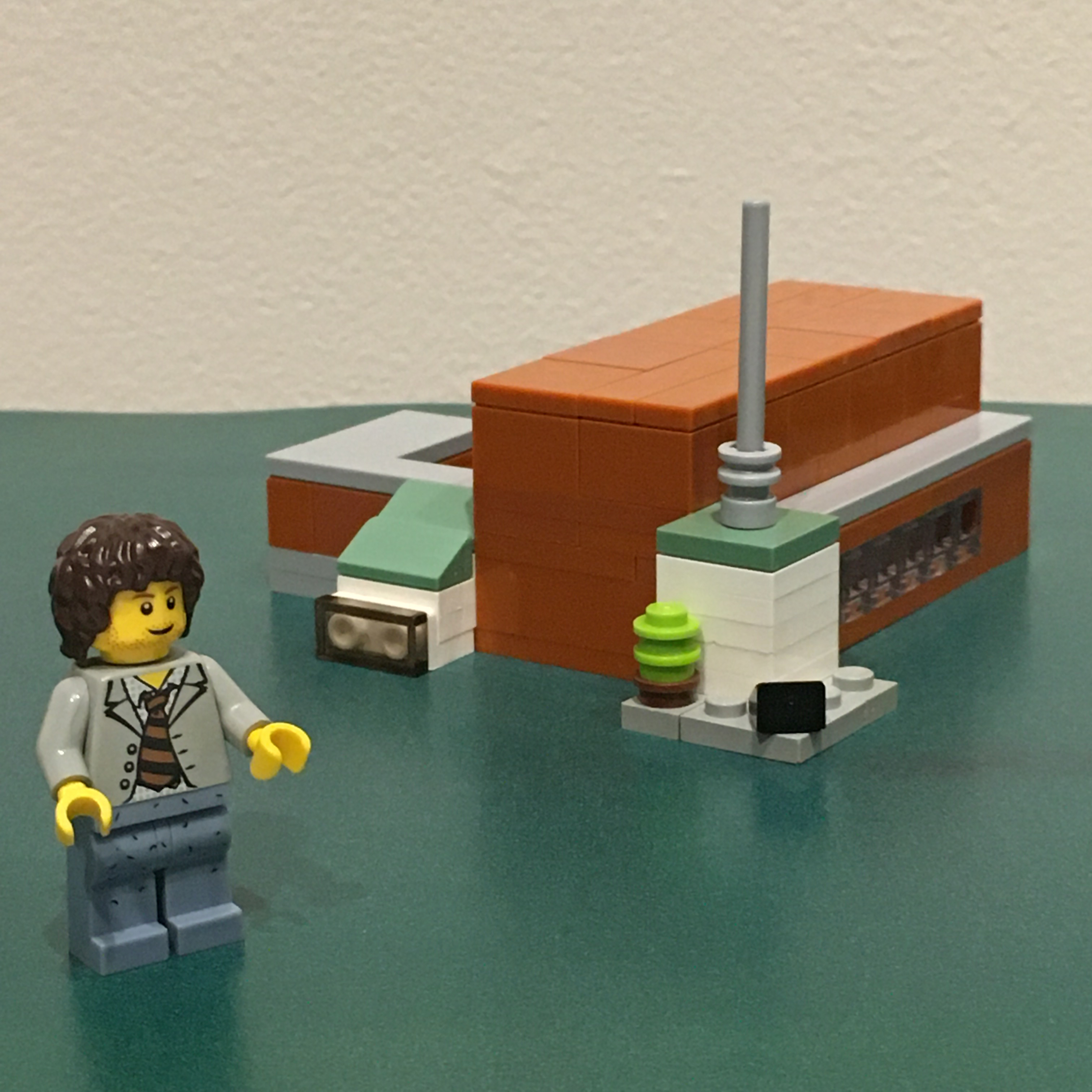During a visit to Jordan Eagles’ studio last May, the idea for the exhibition VIRAL\VALUE began to take shape. Jordan pulled out a box of posters to show me, suggesting the poster could be made available as a giveaway for visitors to the exhibition. The poster, featuring a very specific selfie on one side and an achingly passionate poem on the other, was a collaboration between Jordan and Ted Kerr, a Brooklyn-based artist, author, and organizer with What Would an HIV Doula Do?


The poster indeed became part of the exhibition, which draws its title from a pair of questions posed on the poster: “What Is Viral? What Is Value?” Visitors to MOCRA encounter a tray of the posters ensconced in a side chapel gallery, bathed in the projected image of Eagles’ Vinci (Illuminations). Many visitors leave with a poster—and sometimes two, saying that they can’t decide which side of the poster they want to display.


I was curious to know more about how the poster collaboration came about, so I asked Jordan and Ted to share with us the story. — David Brinker, MOCRA Director
Tell us a bit about yourself and what you’re passionate about.
TED
I am a 43-year-old white gay guy who was raised in Edmonton, Alberta, but currently lives in Brooklyn, NY. I teach, write, and organize. Sometimes I make art, and curate. I am passionate about people being decent to each other, themselves, and the world. Beyond that, I care a lot about HIV, public health, community and culture.
JORDAN
I’m a native New Yorker, gay, artist. I live in the Lower East Side and work in Ridgewood, Queens. I’m interested in creating new series that revolve around spirituality and materiality and projects that have a focus on ending discriminatory blood donation policies and stigma against the LGBTQ+ community.
How did you first connect with each other?
JORDAN
In 2013, a dear friend and curator I had worked with, Edwin Ramoran, introduced me to Ted, who at the time was at Visual AIDS. I had recently begun investigating the blood ban against the LGBTQ+ community and its connection to HIV/AIDS. Edwin thought Ted would be a great person to have a conversation with and that he would have interesting ideas, and arranged for us all to get together. Ted was—and still is—super committed to ending HIV stigma and had some extremely hardline positions that really got to me with his sensitivity to the overall subject and that pushed me to think deeper about the issues.
TED
Yes! That is how I remember the first meeting as well. We met up, looked at some work, and Edwin watched us as we debated, discussed, and ultimately left with a deeper sense of each other’s commitments. What I liked about our first meeting and our working relationship ever since is our commitment to real conversation. Sometimes it gets heated, and it is always respectful.

What inspired this collaboration?
JORDAN
In 2018, I began working on the chapter utilizing the Salvator Mundi and blood donated from an individual who is HIV+ undetectable, a long-term survivor and activist. Ted meanwhile had gone to Union Theological Seminary. After years of thinking about HIV through the lens of art, he wanted to think about the crisis through religion and spirituality. A few years later, the SPRING/BREAK Art Show had “Excess” for their 2020 curatorial theme. Given the astronomical amount that was spent on this supposed Leonardo da Vinci painting—depicting Jesus as “Saviour of the World”—I thought the project would be appropriate for the theme, and given Ted’s commitment to HIV/AIDS and seminary education, he would be a great partner.
We started talking and Ted asked if the collective he co-founded, What Would an HIV Doula Do?, could be included. I thought this was a great idea. Among the collective’s activities, they produce timelines, zines, and an assortment of online and printed materials, often in collaboration with artists. So it was natural that we produced something for the exhibition that would be a collaboration with the collective. Vinci (Donor Portrait) is the result and was offered a complimentary takeaway for visitors.
TED
I want to add that had we not already had a foundation of trust and conversation this project would not have been possible. So what inspired this collaboration was also years of talking, knowing what the other person was into, and a willingness to dive into some sensitive topics like health, wealth, art world politics, stigma, and probably a lot more I am not thinking about right now.
How did you decide to make a poster, and how did you decide on each of the elements?
TED
I am not sure how we landed on the poster format as the way forward, but I can tell you, a history of HIV can be told in the ephemera that has been created in response to the crisis, including stickers, zines, postcards and yes, posters. From Silence = Death to State-provided public health messages, posters have been a site for activism, public education, and general awareness. They are used around the world, and have been used from the early to the present days. I curated an exhibition of AIDS posters for the National Library of Medicine, and I worked with Chaplain Chris Jones to make a Litany for Burning Condoms, an AIDS poster.
In terms of the poster we made, together, it has a few elements. Jordan should tell you about the front, and I will talk about the back. The border on the back is a definition of U = U, undetectable equals untransmittable. It is a slogan that has been popularized for the last ten years by people living with HIV to highlight the fact that if someone is on the treatment plan that works for them, their viral count is so low that it is undetectable and this means that the virus can not be transmitted sexually.
Within this border is a poem by my friend, the writer Bryn Kelly. She wrote an advice column called The Hussy. And in response to a question from someone who was tired of taking their HIV meds, she advised staying on the pills and wrote a poem positioning people living with HIV as part of a select group of people with specific—and special—blood. “Tiger Blood” refers to Charlie Sheen, but I think the poem works even if you don’t know that.
Ed. note: I’ve had the opportunity to participate in two different gatherings where Ted led those present in a recitation of Bryn Kelly’s poem. It’s a galvanizing experience. —DB
JORDAN
The front of the poster is a photograph taken by the blood donor in the reflection of the painting, Vinci, in which his blood preserved. If you look closely, you can see the blood donor’s hands holding his camera phone, which obscures his face and identity.

Where has the poster been seen, and what sort of impact has it had?
TED
The poster debuted at the SPRING/BREAK Art Show in NYC in February 2020. As you can imagine from the date, it was intense to be showing this work at the dawn of COVID-19. Jordan’s artwork became a catalyst for people to consider the connections between the coronavirus and HIV. The conversations we had with folks as a result were emotional, and informative. I ended up writing about it for POZ.
A few months later, we brought the posters to the NYC’s Lower East Side for an amazing outdoor event that artist and activist Emily Johnson does at Abrons Arts Center called Kinstillatory Mappings in Light and Dark Matter. It is a ceremonial fire around which everyone is invited to gather. For this event we partnered with the New York City AIDS Memorial. I had just worked with them to create an audio installation that Dave Harper came up with called HERE ME: Voices of the Epidemic. that serves as a sound collage about HIV in NYC. Around the fire, we listened to the project and as part of the event we spoke about Jordan’s work and handed out posters.
JORDAN
I am very much looking forward to VIRAL\VALUE traveling to Washington, D.C., in March 2023, and being part of conversations with another spiritual community, but also in city where policies are discussed and often formed.








































































